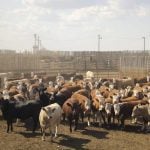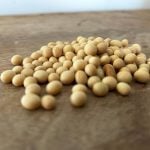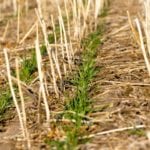Herbicides are an integral and essential aspect of modern productive farming. Without our effective and efficient herbicides our dollar costs for food production would be double or triple what we now pay. Can your even visualize hand weeding agricultural and horticultural crops? As a youth I earned pocket money hand hoeing turnips and beets and […] Read more










